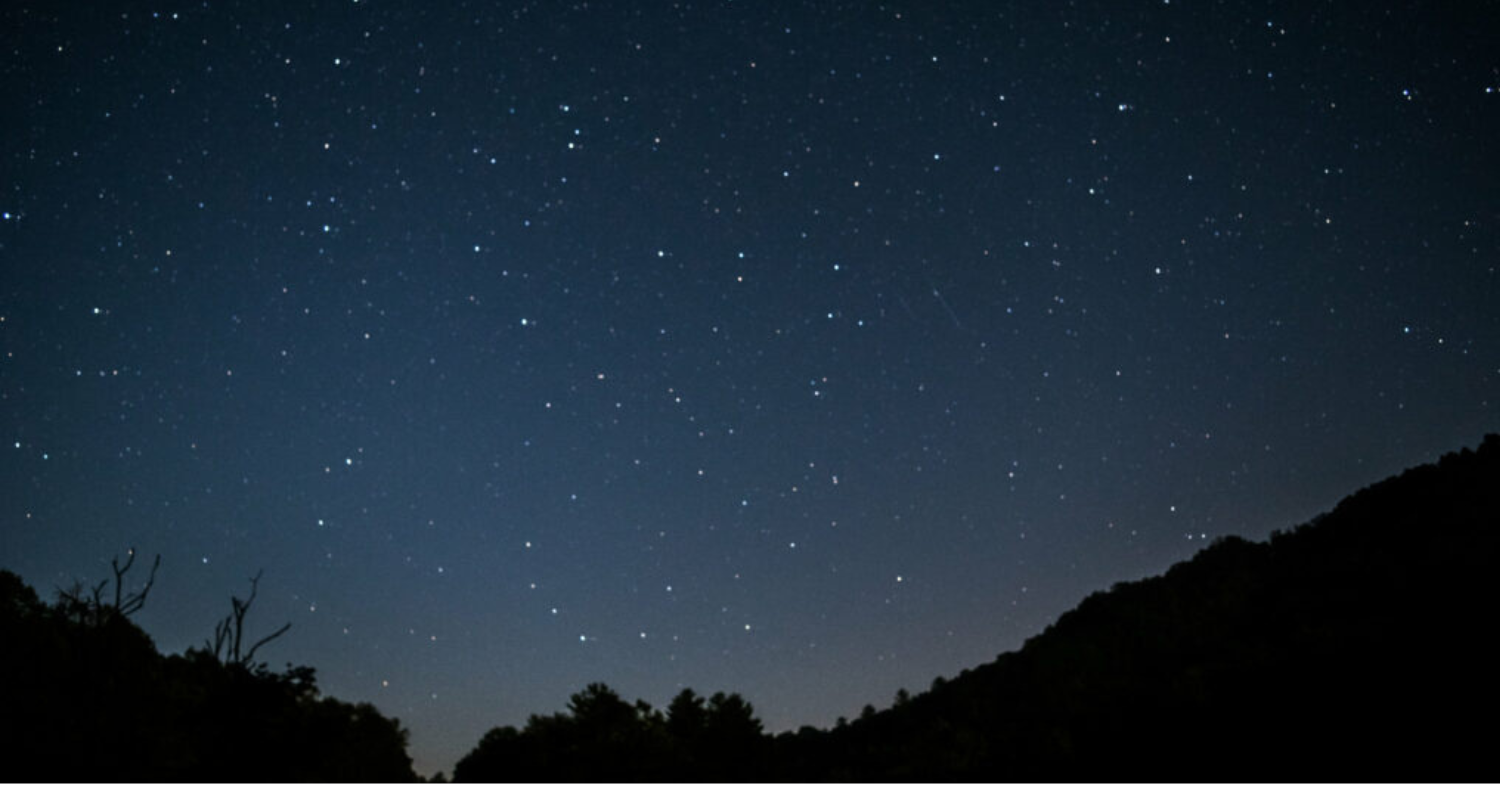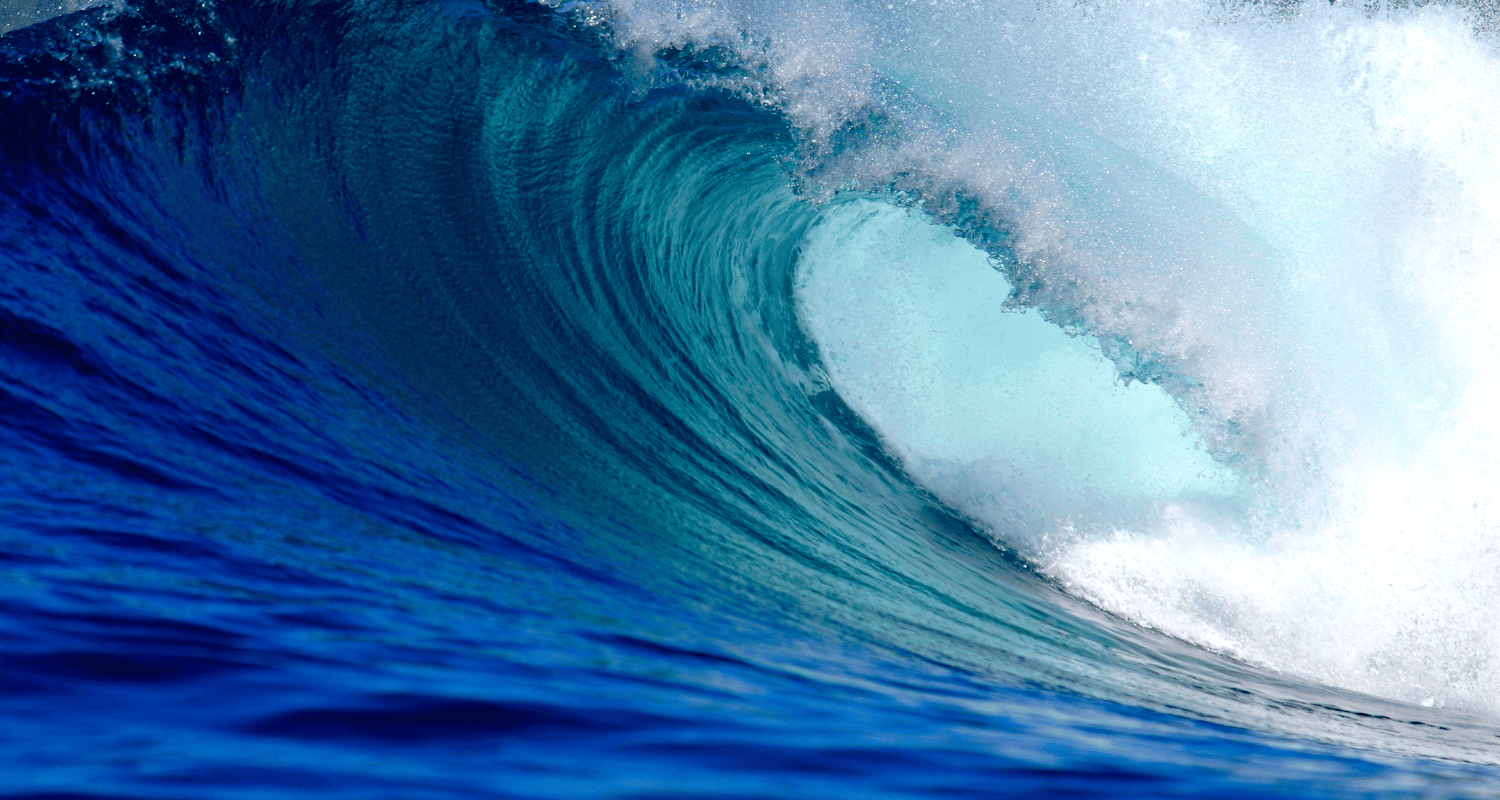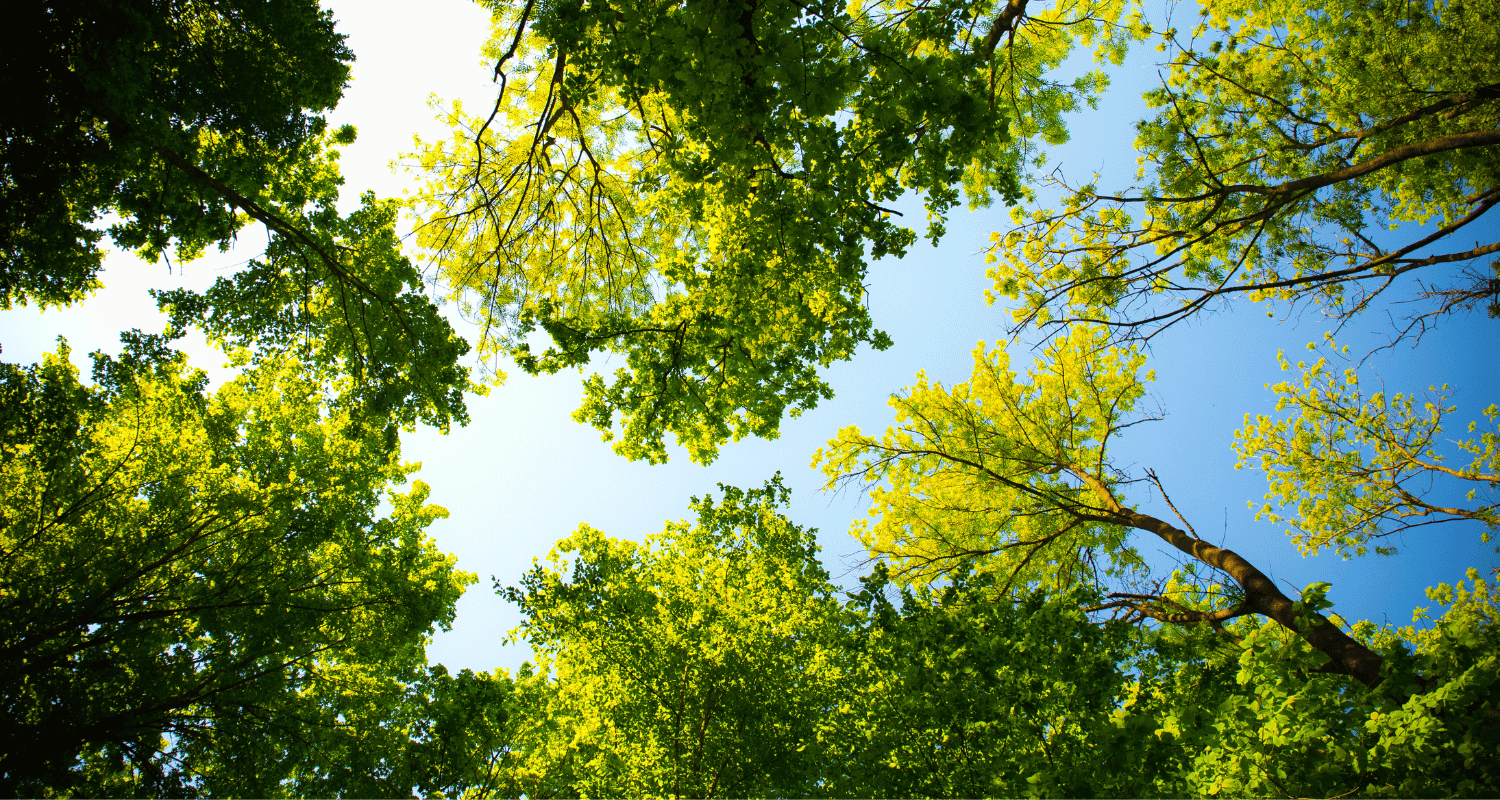 By CAGIS
By CAGISInterested in doing some stargazing?
Here’s what you might be able to see in the night sky in November and December.
November
- Meteor shower: Meteoroids are space rocks. If they enter the Earth’s atmosphere, they create a brief streak of light in the sky, called a meteor. Most meteoroids burn up in the atmosphere and never reach the ground. If a meteoroid is large enough to survive the trip through the atmosphere and hit the ground, it’s called a meteorite.
The Leonids meteor shower is coming up, and peaks between November 16 and 17. You could see approximately 20 meteors per hour. Meteor showers occur when a comet’s orbit nears the sun; some of its ice melts which releases a lot of dust and meteors. We have meteor showers a few times per year, when the Earth’s orbit crosses the orbit of a comet and travels through the dust and meteoroids.
- Penumbral lunar eclipse: On November 30, Canadians will be able to see the penumbral lunar eclipse. An eclipse occurs when the Sun, Earth and Moon line up in space, with Earth in the middle. Because the Earth blocks some of the Sun’s light from directly reaching the Moon’s surface, the Moon passes through the Earth’s partial shadow, or penumbra. During this type of eclipse the moon will darken slightly, but not completely. The eclipse will be visible in most of North America, the Pacific Ocean, and northeastern Asia, including Japan.
December
- Planets: On December 21, Saturn and Jupiter will be very close to each other in the evening sky, in an event called a great conjunction. They will be so close that they will appear to make a bright double planet. This happens about every 20 years. Look west just after sunset for this impressive and rare planetary pairing.
December 21 is also the winter solstice: the first day of winter in the Northern Hemisphere while in the Southern Hemisphere it is the summer solstice. That is when we have we have our shortest day and longest night of the year because the Sun is at its most southern point in the Northern Hemisphere. The North Pole has no sun at all then because it is farthest from the Sun.
- Meteor shower: Another meteor shower happens in December. The Geminids meteor shower peaks between December 13 and 14. They produce up to 120 meteors an hour!







